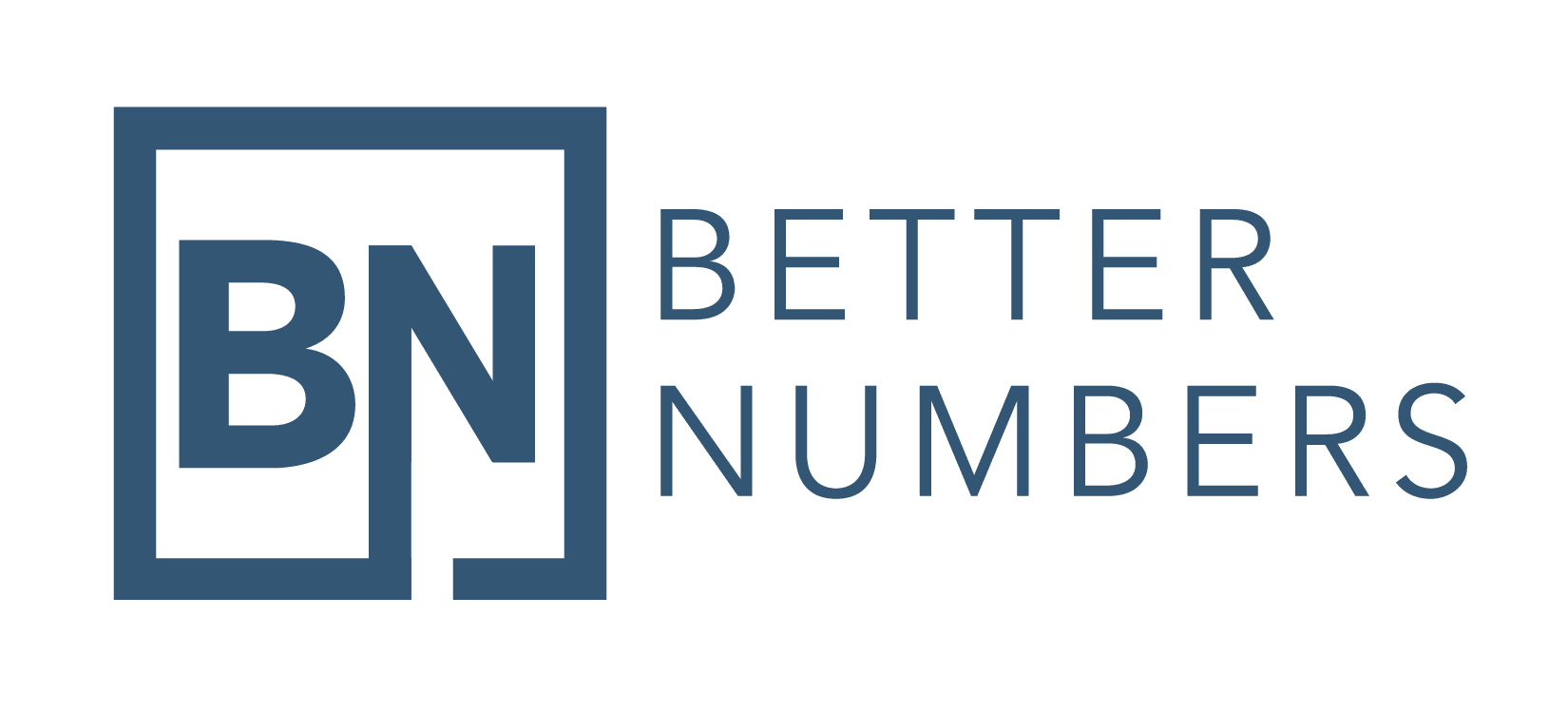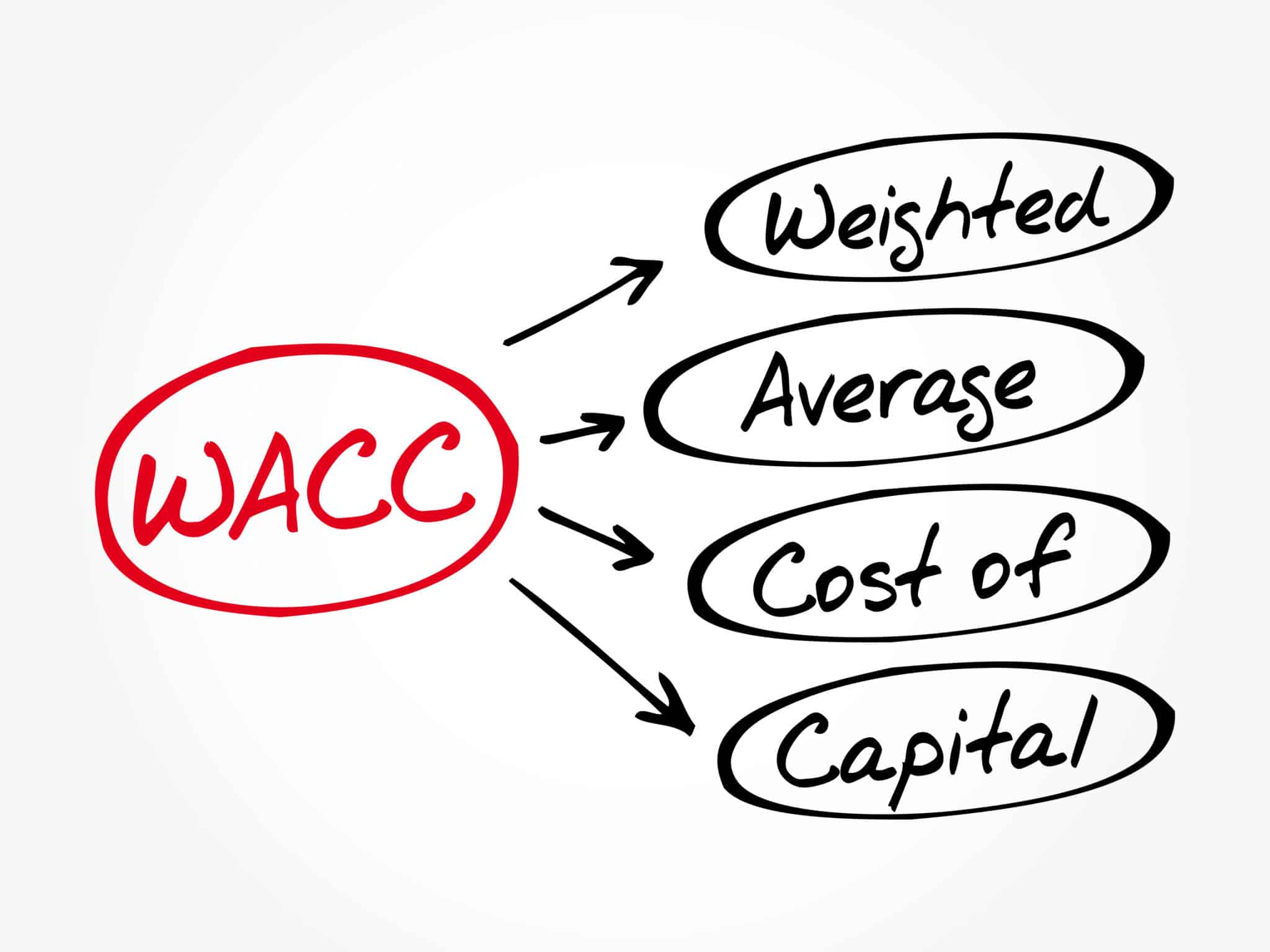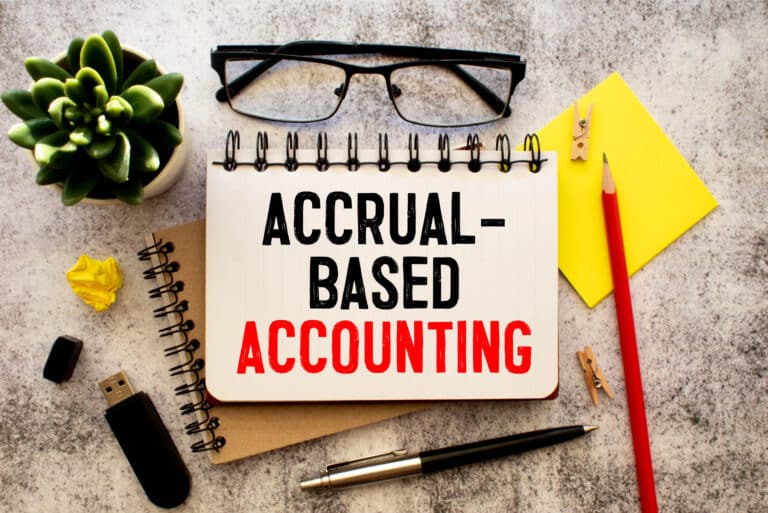The Weighted Average Cost of Capital (WACC) is an important financial concept that can and will impact several key areas of your business. The WACC has many applications. Your business’ WACC will impact decisions you make on investments, markup rates and the value of the business.
Let’s dig into what WACC is, how it’s calculated and how you might use it.
What is the weighted average cost of capital (WACC)?
The weighted average cost of capital (WACC) is the cost of capital across all sources, including equity and debt. Each source of capital has a cost. For debt, the cost is the interest rate you pay for the debt. The cost of equity is the required rate of return that a reasonable investor would expect to gain from the business. Businesses calculate the weighted average cost of capital (WACC) by averaging the cost of debt and cost of equity.
What is the importance of WACC to my business?
Your business’ WACC is likely not something you’re going to monitor every day, however, it’s something that should be at the forefront of your mind for big decisions:
- Whether or not to make an investment in the business, including acquiring another business.
- The WACC may influence the value of your business, as it can be used as a discount rate in the valuation process.
- Benchmark your business’ performance. The returns your business generates should be in excess of your WACC. Understanding how your business’ returns compare to your WACC can help you benchmark your performance. WACC can also be used to benchmark your markup percentage against if you pay for costs incurred on behalf of customers.
- Optimize the capital structure of your business. Keeping track of your WACC can help guide you on the capital structure of your business. If your WACC is too high, you may want to consider recapitalizing your business through different sources.
- Understand the cost of raising capital. Thinking about raising funds? You need to understand what those funds are going to cost you, and the minimum rate of return your stakeholders will expect.
How is WACC calculated?
The Corporate Finance Institute has a great article on WACC that I would recommend reading. Within the article, they also include a helpful visual explaining how WACC is calculated. Essentially, it’s the cost of debt, plus the cost of equity, multiplied by your business’ debt to equity ratio. Here’s the formula:
WACC = (E/V x Re) + (D/V x Rd x (1 – T))
Inputs:
- E = Market value of equity
- V = Total market value of the business’ financing (equity plus debt)
- Re = Cost of equity
- D = Market value of debt
- Rd = Cost of debt
- T = The business’ tax rate
What’s the difference between the cost of equity and the cost of debt?
Per Investopedia, the cost of equity is “The cost of equity is the return that a company requires to decide if an investment meets capital return requirements. Firms often use it as a capital budgeting threshold for the required rate of return.”
Your business’ tax rate affects the weighted-average interest rate on the debt your business holds. Interest expense is tax deductible, which is why the cost of debt is tax-effected.

How do I calculate the cost of equity?
This is where things get a bit tricky, and you’re going to need to get some data from third party sources. You can calculate the cost of equity using three main methods:
- The Dividend Discount Model (DDM),
- The Capital Asset Pricing Model (CAPM)
- The Build-Up Method
Methods and the finer points of calculating a business’ cost of equity can take up a whole book (and there are many of them), so we won’t get into too much detail here. However, if you’re both reading this blog and you’re a small business owner, the Build-Up Method is likely the way to go.
So how do we calculate the cost of equity using the Build-Up Method?
Cost of Equity = Risk-Free Rate + Equity Risk Premium + Size Premium + Industry Premium + Company-Specific Premium
Let’s dig into each piece…
Risk-Free Rate
The risk-free rate is the rate of return an investor would expect to receive if their investment were to have no risk. The risk-free rate is approximated via U.S. Treasury Bill rates. In particular, the interest rate on the 10-year U.S. Treasury Bill is the most common rate used to approximate a riskless investment.
Equity Risk Premium
The equity risk premium is the rate of return in excess of the risk-free rate that an investor would expect to receive by investing in the stock market. Aswath Damodaran, one of the foremost experts in valuation in the world, maintains a dataset for this which can be found here. This rate will not be specific to your company.
Size Premium
The size premium is the incremental rate of risk associated with the business depending on the business’ size. Said another way, smaller businesses are generally more risky than larger businesses. While there has been some debate over the last few years about whether or not the size premium is legitimate, best practice is still to include it. In fact, the widely-used Pepperdine Private Capital Market Report continues to demonstrate the existence of the size premium. This report would be a good source to use in your WACC calculation. This rate will not be specific to your company, but will be driven by the size of your company.
Industry Premium
The industry premium is the incremental rate of risk associated with operating in a specific industry. To find this, the formula is:
Industry Specific Risk Premium = (Historic Long-Term Equity Risk Premium x Industry-Specific Beta) – Historic Long-Term Equity Risk Premium
Again, Damodaran has excellent resources for the data you need for this calculation. The historic long-term equity risk premium can be found here, and the industry-specific beta can be found here. To consider situations where debt is involved, use the levered beta. For a pure assessment of the business risk, debt not considered, use the unlevered beta.
Company Specific Risk
The company-specific risk premium is the additional risk associated with your specific business. The types of risk that can be attributable to your business are almost limitless, but some examples are:
- Dependence on a few large customers
- Key-man risk
- Deficiencies in relative profitability, operations and the like
Commonly we see company-specific risk run a couple of percent.
How would WACC be used to value my business?
Most operating businesses derive their value from the income stream that the business generates. There are two methods to do this:
- Capitalization rate = current earnings multiplied by some sort of factor
- Discount rate = forecasted future earnings divided by some sort of factor
While both methods should arrive at roughly the same answer, the WACC applies to the second method. Therefore, if we reduce WACC it will increase the value of the business. Conversely, if WACC increases it reduces the value of the business.
How can my business lower its WACC?
To reduce your WACC you have a few levers to pull:
- Change your capital structure. The high cost elements of your WACC you can re-capitalize into lower cost elements. For example, turning high interest debt into equity.
- Refinance debt. For example, move credit card balances into line of credit (LOC) balances that usually come with a lower interest rate.
- Reduce debt. Pay down debt either with earnings from operations or capital contributions from owners.
How can I track my WACC?
Great question. One of the elements is is the market value of the equity. That’s going to require the expertise of a professional, or the use of some sort of method or calculator to give you an approximation. After that, the calculation is relatively simple after you’ve gone through it once.
Our recommendation would be to track your WACC on a dashboard along with the other KPIs of your business. Using a dashboard software may even allow you to (mostly, if not entirely) automate the calculation on an ongoing basis. However, this process can be as simple as using an Excel workbook or a Google Sheet.
If you’re really not interested in going to the trouble of performing the calculation, as a cheat code you can simply add the cost of equity and the cost of debt from this dataset. This likely won’t give you an answer anywhere near as accurate as the above steps, but it can be used to give you a general idea for a business in your industry.
Conclusion
To conclude, the weighted average cost of capital (WACC) is an important business metric to track, one that has many use cases within a business. While the calculation may seem daunting at first, it’s fairly straightforward after you get used to the datasets and the process. Best practice would be to track this metric on an ongoing, recurring basis, preferably via a dashboard such as the template highlighted here.




